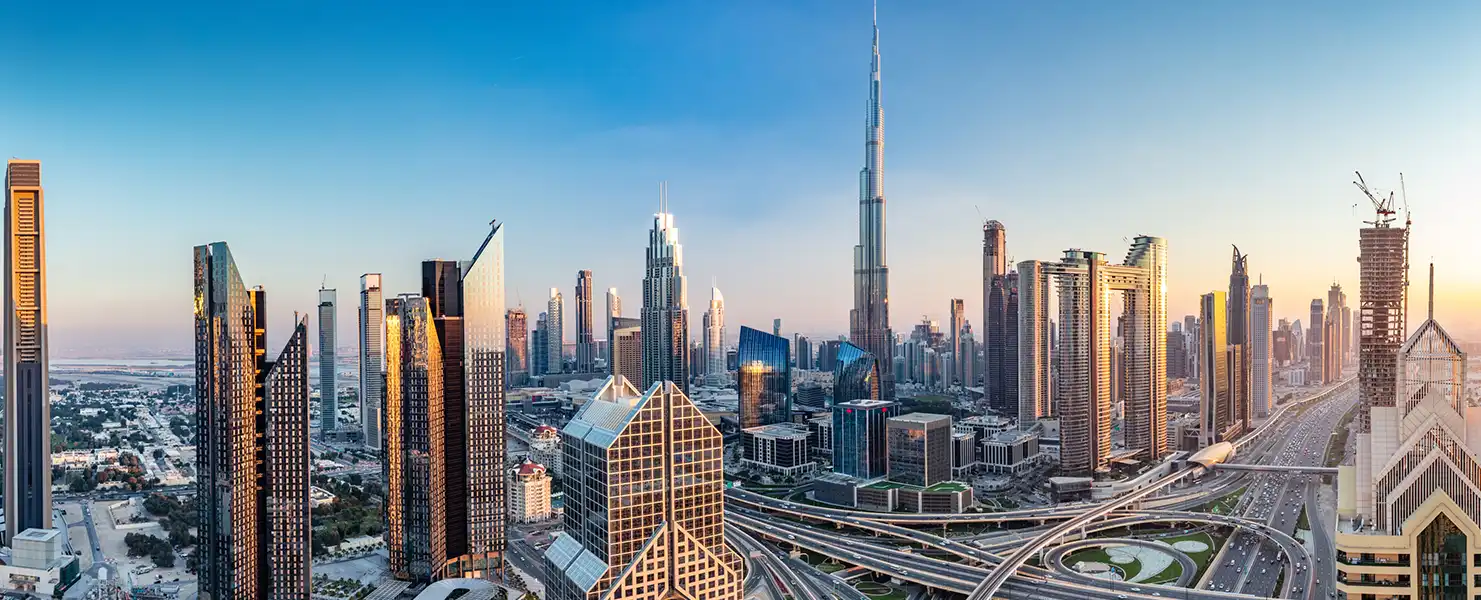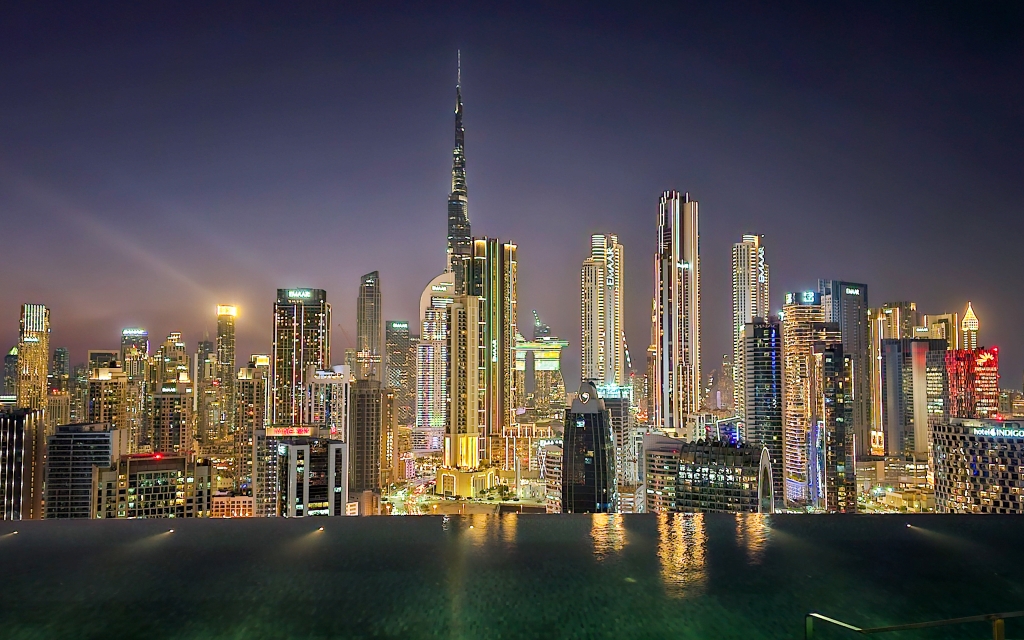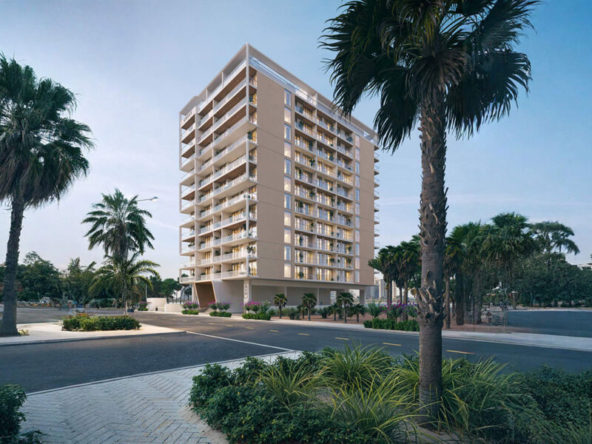Dubai is punching above its weight in 2025: prime residential values and ultra-luxury transactions have surged, policy moves (friendly visas, tax neutrality) and mega-projects attract high-net-worth buyers, while global luxury goods face growth headwinds. That combination keeps Dubai at — or near — the top of several luxury league tables, even as some analysts warn of a near-term price correction.
1. The big picture: global luxury in 2025
Global luxury (personal luxury goods and high-end services) entered 2025 with mixed signals. Major consultancies expect moderate growth overall — China’s recovery is gradual, Europe and the U.S. remain important, but risks (tariffs, softer discretionary spending) dampen upside. The Bain outlook for 2025 describes a cautious market with scenarios ranging from modest growth to a small contraction depending on macro shocks
2. Why Dubai stands out — five structural advantages
2.1 Fastest/one of the fastest prime-market growth forecasts
Leading real-estate analysts forecast Dubai to be among the strongest prime residential markets in 2025, with capital values expected to outpace most global cities. Savills and Knight Frank highlight Dubai’s top position in prime price growth and transaction volume for super-prime properties.
2.2 Wealth migration and visas
Generous visa rules (golden visas, investor programs) plus a tax-friendly environment have accelerated relocation of UHNWIs and entrepreneurs — a direct demand driver for branded residences, villas and luxury services.
2.3 New supply targeted at high net worth buyers
Developers launched multiple ultra-luxury projects and branded residences in 2024–25. Large, high-quality supply (Emaar, private developers) combined with curated scarce inventory in prime islands and waterfronts has concentrated demand into trophy assets.
2.4 Tourism + experiential luxury
Dubai’s events calendar, luxury retail expansion, and luxury hospitality investments keep tourist spending strong — tourists often drive big ticket luxury purchases and short-term serviced residence demand.
2.5 Financial and regulatory stability (for now)
Strict post-2008 mortgage and developer rules, plus active market management (state-backed consolidation and strategic plans), have reduced some systemic risk — making ultra-premium buyers more comfortable purchasing at scale.
3. Evidence: transactions, indices and market signals
-
Prime transactions: Dubai recorded a substantial jump in super-prime sales (properties above $10M), ranking top among global cities in H1 2025 for the number of such deals.
-
Prime price growth: Knight Frank’s Prime Global Cities Index and Savills both reported Dubai among the leaders (double-digit multi-year gains in many prime submarkets).
-
Macro caution: Credit agencies and some analysts warn that a rapid delivery of new housing and elevated valuations could lead to price adjustments later in 2025–2026. Fitch, for example, flagged potential double-digit falls in some scenarios driven by supply and normalization. That’s a risk to watch, not necessarily a refutation of Dubai’s 2025 leadership.
4. How Dubai compares to other luxury centres (London, New York, Paris, Hong Kong)
-
Liquidity & yield: Dubai often offers higher rental yields than legacy hubs (appealing to investor buyers).
-
Price trajectory: Some traditional hubs show slower prime growth or stagnation in 2025; Dubai’s recent momentum is unusually strong vs. the average of other prime cities.
-
Market drivers differ: London and New York remain finance/culture hubs with deep local wealth; Dubai’s growth has been import-driven (expatriates, global wealth flows, tourists, and policy). That makes Dubai more sensitive to global capital flows and sentiment shifts.
5. Risks & counterarguments (what could slow Dubai)
-
Oversupply & short-term correction: Large new completions could cool prices (Fitch cautioned about potential declines into 2026)
-
Global luxury slowdown: If consumer confidence in major economies weakens, demand for personal luxury goods and experiential spending could fall, indirectly reducing appetite for second homes or trophy purchases
-
Policy or geopolitical shocks: Tariffs, trade disruptions, or regional instability would affect flows of wealth and tourists.
6. Opportunities and strategies for investors in 2025
-
Focus on scarcity: Waterfront, branded residences, and unique trophy assets remain best-positioned to retain value.
-
Short-term rentals + lifestyle offerings: High tourist demand makes select short-stay investments attractive if managed for compliance.
-
Diversify across product types: Combine prime resale with select off-plan units from reputable developers to balance yield and capital appreciation.
-
Monitor macro signals: Watch interest-rate guidance, mortgage rules, and delivery schedules for new supply to time entry.





